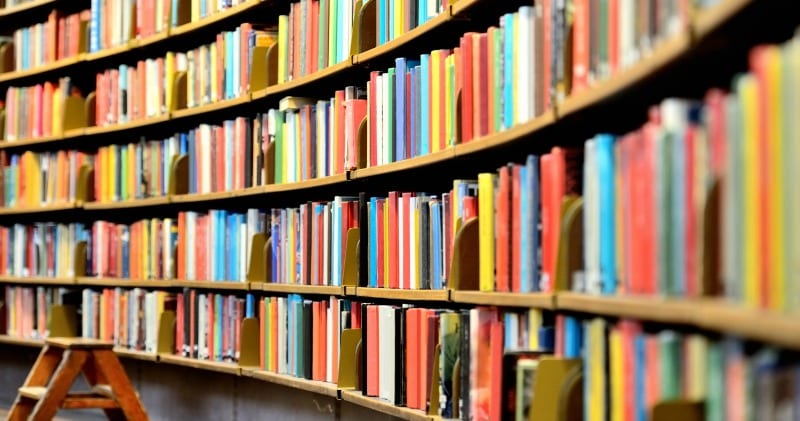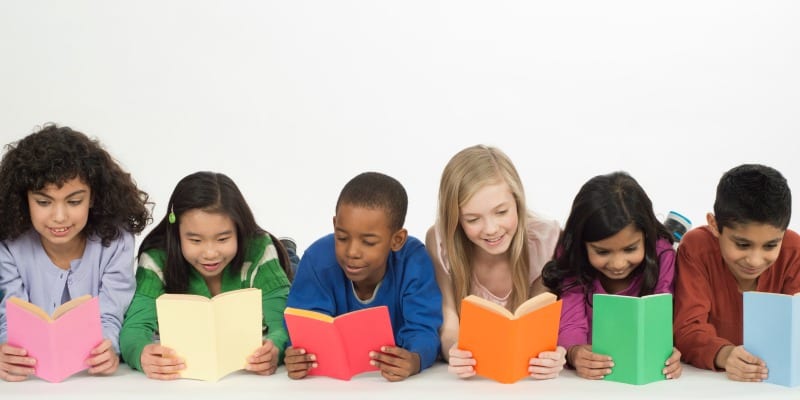Standardized testing is a really big deal in my world. If I ever start to forget that, all I need is a professional development session, staff meeting or PLC meeting to remind me. As a teacher, this system can be extremely frustrating because I know there is so much more to my students than what can be measured by a test. However, I’ve found ways to help students conquer standardized tests while also staying true to my core value as a teacher—through reading! Introducing students to great books will help them do well on their tests while also becoming lifelong readers.
1. Reading helps students become critical thinkers.
I teach middle school, and at this age, students must read to interpret, infer and predict in ways that require them to really look at a text critically. One thing that helps my students learn to critically analyze a story is to have them ask, and then answer, the question “Why?” My students love to ask “Why?” (yes, even in middle school!), and as they learn to annotate the stories we read, guiding them to answer “why” questions increases their comprehension and gets them more engaged. Engaged, critically thinking students aren’t just learning either. They’re having fun! Students who have fun while they read critically are not only more likely to become readers, they will also comprehend stories on a deeper level. In turn, this helps them correctly answer higher-level-thinking questions on the state test.

2. Reading helps students build their background knowledge.
Many of my students lack background knowledge on certain subjects. This can leave them feeling lost when stories and passages on standardized tests reference ideas, events, places, people or concepts that are totally new to my students. By encouraging reading, it helps my students build valuable background knowledge. This really increases their overall comprehension, and in turn, this will help them while reading the passages given to them on standardized tests.

3. Reading exposes students to cultures that are different from their own.
The middle school where I teach has a very diverse student population. Even so, many students are only knowledgeable about their own culture. Exposing my students to books with diverse characters that reflect their own lives is very important to me because when kids see themselves in the pages of a book, they are more likely to keep reading it. Likewise, reading about other cultures helps students learn about people who are different from them and increases empathy and tolerance. When students are familiar with other cultures, they can infer things or make better predictions, which really helps them correctly answer comprehension questions on standardized tests. Students who are empathetic, tolerant readers AND are rocking the state test? Yes, please!

4. Reading helps students consider different points of view.
Middle school students can have tunnel vision—they only tend to see what’s right in front of them, and they have a hard time looking at things from a perspective that is not their own. We often read nonfiction articles that are paired with fiction so students are exposed to multiple viewpoints. This helps students realize that there are many perspectives on one issue. Students who have learned to see beyond themselves and into another’s perspective are more likely to read books they wouldn’t normally pick up. They are also more likely to perform well on the paired-passages sections of standardized tests.

5. Reading helps students develop their sense of justice.
“That’s not fair!” is not only something little kids say. Middle schoolers see issues as very black and white. But it’s important to remember that justice comes in many forms. Sometimes in books, the bad guys pay for their actions, and other times they don’t. Students increase their comprehension when they read stories with characters who don’t get what they deserve, either good or bad. Gaining insight into what equates justice for a character (or what happened to prevent justice) not only deepens their personal reading life, it also makes it possible for them to evaluate the passages on state tests that ask difficult questions about cause and effect.

Since standardized testing is our reality as teachers and it doesn’t appear to be changing anytime soon, I plan to keep doing my part by encouraging students to read great books. Hopefully they will get good at answering questions about what they read along the way. Even more so, I hope this makes them readers for the rest of their lives. And that’s more than any test could ever measure.

